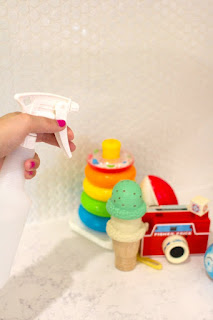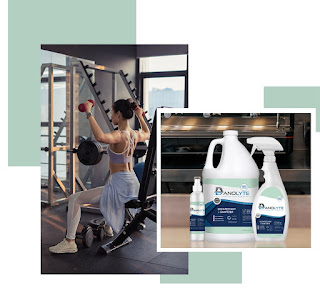How Danolyte Disinfectant Spray Works
The disinfectant spray is a substance sprayed on subjects or surfaces to kill or destroy microorganisms living on them. It is important to note that disinfectants do not kill every kind of bacteria, especially the more resistant strains. The active ingredients in the sprays either interfere with the metabolism of the bacteria or destroys their cell walls. The most common places disinfectants are used include; hospitals, doctor's rooms, dental surgeries, labs, kitchens, restaurants, hotels, and bathrooms.
The perfect disinfectant spray
The perfect spray should be able to kill or deactivate all types of bacteria and viruses. The spray should be inexpensive, non-harmful to humans, and non-corrosive. The most important aspect though is the efficacy of the disinfectant, the perfect one will kill all bacteria in a short span of time. By killing the bacteria it prevents it from evolving and multiplying in numbers that are resistant to the original chemicals used in the kill attempt.
The types of disinfectants that can be used in a spray form
1) Air disinfectants. These are antimicrobials that can kill microorganisms while airborne. These types of disinfectants must be used in a spray or aerosol form, in a concentration high enough to actually kill the culprits.
2) Alcohols. Alcohols are often used in disinfectant spray the alcohol acts as a drying agent that dehydrates the microorganisms killing them. Alcohols are non-corrosive, protecting laminate surfaces, etc, but sadly it also poses a fire hazard if it does not evaporate fast enough.
3) Oxidising agents. These agents like chlorine and oxygen work by oxidizing the cell wall of the organism, leading the cell to its death. Oxidizing agents are found mostly in household disinfectants. Some known oxidizing agents include oxygen, ozone, chloramine, hydrogen peroxide, iodine, and Sodium hypochlorite (bleach).
How do germs spread?
1) Touch. By touching another person, surface, or object germs can be spread from one place to another. Studies found that bacteria can live on a surface like a restaurant for up to 2 hours and viruses 24 hours. Using a disinfectant spray on these surfaces reduces the risk of germ transfer.
2) Eating. Germs can be spread by raw, unwashed food, food that is improperly stored or already infected. The biggest culprit of food transfer is salmonella that can cause gastro, vomiting, and gastroenteritis or commonly called food poisoning.
3) Drinking. Spread can occur through dirty contaminated drinking water, dirty glasses, and sharing drinks.
4) Breathing. Airborne germs can be inhaled via talking, sneezing or coughing. Other than wearing masks, the disinfectant spray is the only other measure to prevent the ingestion of viruses and bacteria.
Conclusion
Germs can be killed by an assortment of different substances. The best disinfectants will be able to kill all germs without harming people or damaging surfaces. To prevent the spread of viruses and bacteria you will need to ensure that the disinfectant you choose is effective and able to kill both surface and airborne germs.




Comments
Post a Comment